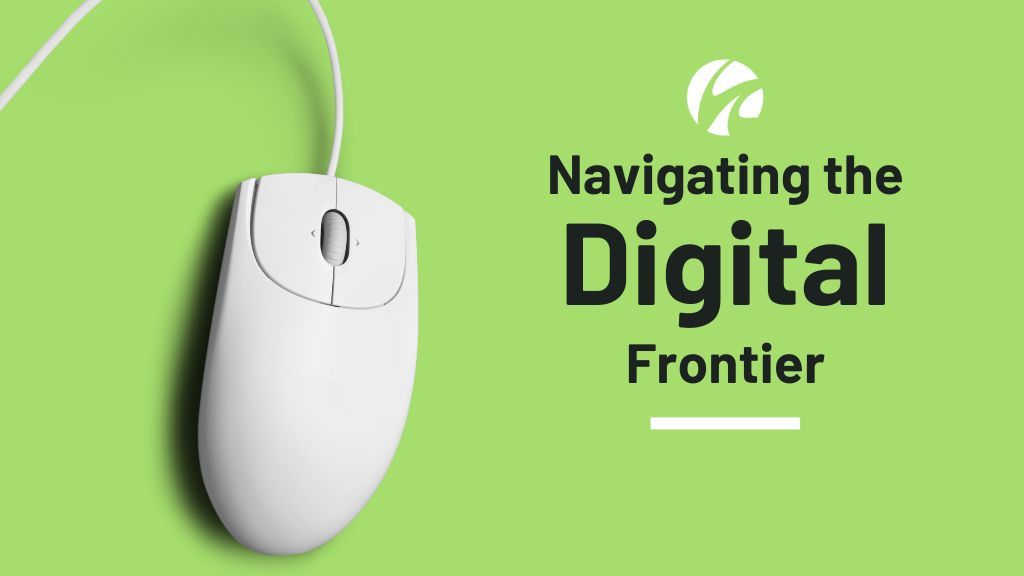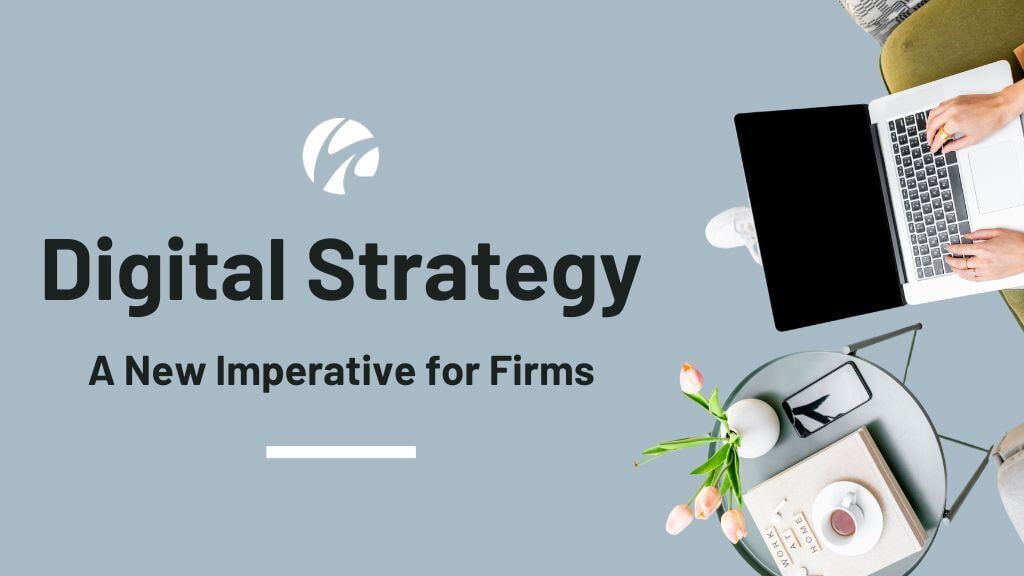2 min read
Cultivating Consistency: The Secret Weapon for Digital Rainmakers
Maintaining a healthy pipeline in the midst of client demands and busy lives can feel like an uphill battle. But when it comes to driving digital...
4 min read
by:
 David Toth
on
Mar 20, 2024
David Toth
on
Mar 20, 2024

David empowers firms to grow strategically by aligning innovation, insight, and execution. He leads WRC’s signature programs and advises firm leaders on M&A, digital growth, and leadership development.
Table of Contents

In the ever-evolving terrain of professional services, digital strategy stands as a beacon of innovation and progress. Yet, it's often relegated to the sidelines, overshadowed by more traditional business strategies. This oversight is a critical misstep in an era where digital presence is not just an option, but a necessity for firm growth and relevance. In this article, discover how to align marketing and growth leaders with managing partners and firm leaders in order to elevate digital as a core pillar of growth going forward.
The digital landscape waits for no one, and timing is everything. The investments you make in 2024 won’t just drive short-term results but will pay dividends for years to come. Understanding how to infiltrate various channels like search engines, bots, email marketing, social media, and other online communities requires a strategic vision AND growth culture and mindset. Let's start with identifying some of the ideal situations for your firm to take advantage of a digital strategy:
In the digital age, your website is often the first point of contact with potential clients – your virtual front door. It's an opportunity to make a lasting impression, showcase your expertise, and engage clients interactively. If your web presence needs an upgrade, be sure to have a digital growth strategy in place first, so you can turn your new website into a revenue-driving machine.
In a saturated market, a well-crafted digital strategy can be the key to standing out. One of the best ways to do this is by focusing on a core set of niches. Not only do clients love to see that you are well-versed in their industry, but Google loves it too. Aligning your firm behind niches is a reliable way to get found organically on search engines when a potential client is trying to find answers to their specific needs.
A firm's commitment to growth must be mirrored in its digital strategy. It's an alignment of values, objectives, and methods, all converging in the digital space. If your firm is targeting growth, it’s critical for your digital strategy to be a priority.
Creating a Digital Culture:
A digital strategy is more than just an online presence; it's a holistic approach to integrating digital technology + your footprint + your firm’s growth initiatives into all areas of a firm and its culture. If you’re looking to start building out your firm’s digital strategy, here are some key steps in the process to consider:
An audit is a comprehensive review of your current digital presence, encompassing your website, social media, online marketing efforts, traditional efforts, and any existing digital processes. It's about gauging the effectiveness of your current online activities, understanding your digital footprint, and identifying gaps where improvements can be made. It helps establish a baseline of where things are today based on where we want to go.
Assessment involves a thorough analysis of the external digital environment and your firm’s specific position within it. It's about recognizing how digital trends affect your business and identifying opportunities to leverage technology for growth. This stage is crucial for spotting trends, understanding competitor strategies, and pinpointing where your firm can stand out.
Planning is where you translate the insights from your audit and assessment into a clear, actionable roadmap. This stage is about setting specific, measurable, achievable, relevant, and time-bound (SMART) goals. The plan must encompass all digital initiatives that align with the firm's growth objectives, including content strategy, digital marketing campaigns, and technology adoption.
The recommendations phase turns your strategic plan into concrete actions. These should be practical steps that the firm can take to achieve its digital objectives, such as implementing new software solutions, redesigning the website for better user experience, or adopting new digital marketing strategies.
Each of these components builds upon the previous one, creating a cohesive strategy that is tailored to the firm's current state and future growth initiatives with a clear vision going forward. By conducting an audit, assessing the digital landscape, planning strategically, and making actionable recommendations, firms can ensure they are not just participating in the digital age but thriving in it.
Related Podcast: Mastering a Sales Organization in a CPA & Advisory Firm: Insights from Mark Burnette at LBMC
The transition from strategy to execution is where many firms falter. As we like to say at Winding River Consulting, “Strategy is easy, execution is hard.” Here's how to make it work:
Deciding between leveraging internal resources and seeking external expertise is a delicate balance that requires careful consideration. In-house execution will give you tight control over every step of the process and will require the resources and digital expertise to make your strategy a reality. This is where external partnerships come in. If you lack the expertise in-house, or, if you’re looking for a partner that will help drive your strategy forward and allow you to focus on other areas in your business, external partnerships may be best for your firm. Develop a proof of concept and model to scale before adding more headcount.
It's about choosing initiatives that resonate with your firm's core values and long-term goals, ensuring every step forward is a step in the right direction. Focusing on everything all at once is sure to cause headaches and hurt productivity. Instead, focus on the core digital initiatives that will make the biggest impact for your firm. Once those are complete, move on to the additional items in your strategy.
The role of leadership cannot be overstated. Their involvement is the catalyst for change and a source of motivation and direction for the entire firm. Without the support of your firm leadership, the digital journey will be a tough road to travel. Be sure to get them on board and involve them in pursuing digital growth.
Investing in a digital strategy is an investment in your firm's future. The benefits are multifaceted and far-reaching:
Change is never easy, and the path to digital transformation is often strewn with obstacles. Here are a few ways to navigate some of these challenges:
The journey toward digital mastery is both challenging and rewarding. As firm leaders, embracing this journey is not just about keeping up with the times; it's about setting the pace for innovation and growth. This article is a call to action, an invitation to step into the future of professional services with confidence and foresight. Are you ready to drive digital growth?

2 min read
Maintaining a healthy pipeline in the midst of client demands and busy lives can feel like an uphill battle. But when it comes to driving digital...

3 min read
Last week, the eagerly anticipated third annual Digital Deep Dive Summit took place, hosted by Winding River Consulting (WRC) with a compelling...

3 min read
Reprinted with permission from Accounting Today. 2020 changed everything about how businesses operate, including how they interact with everyone...